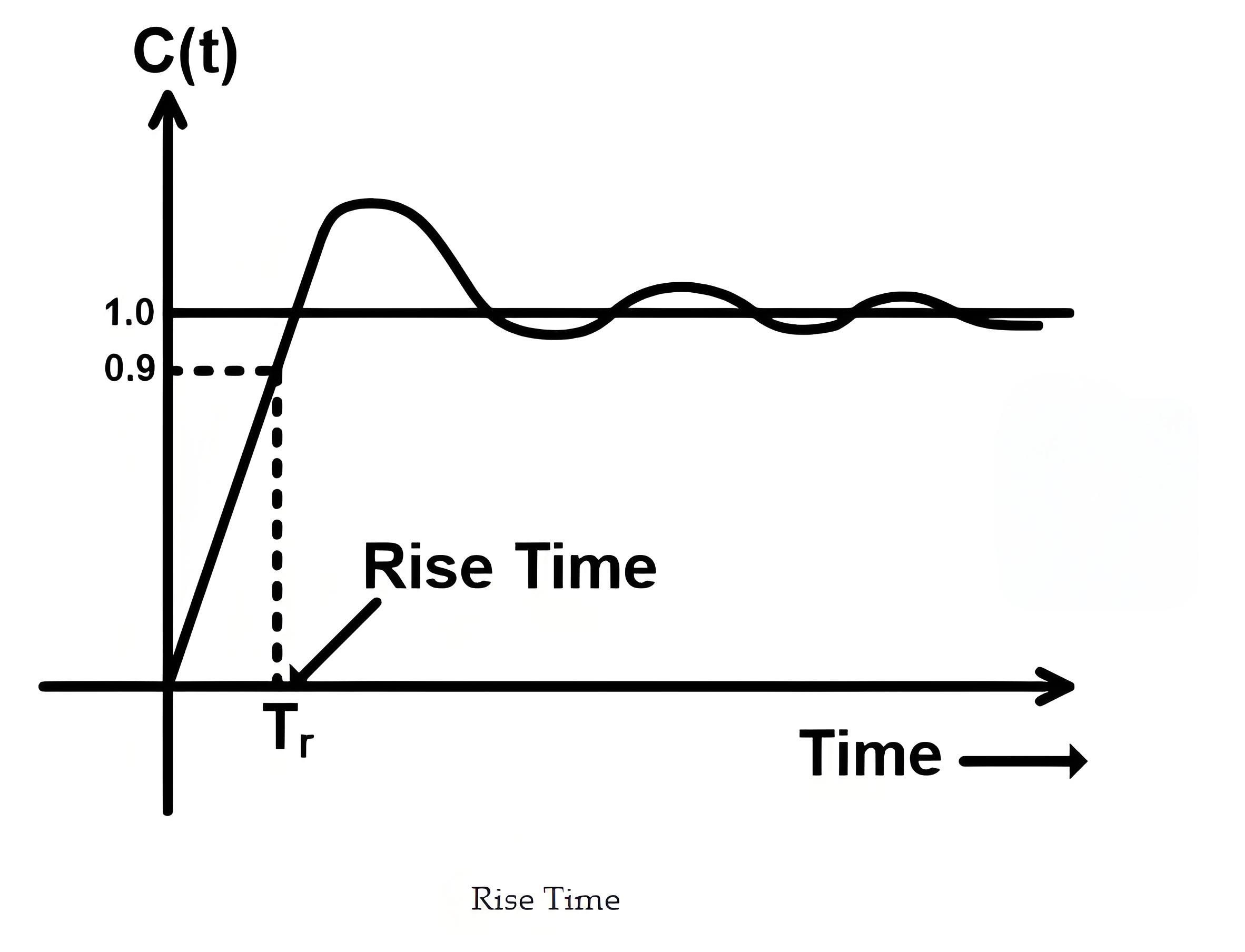What is Rise Time?
What is Rise Time?
Rise Time Definition
Rise time is defined as the duration it takes for a signal to increase from 10% to 90% of its steady value, indicating how quickly a signal changes.

Rise Time Formula
The rise time formula varies based on the system type.
Calculation Method
To calculate rise time, use the transfer function to determine time constants and calculate the times when the signal reaches 10% and 90% of its final value.
Practical Measurement
Rise time is typically measured using an oscilloscope, which helps analyze the responsiveness of electronic systems.
Significance in Electronics
Understanding and calculating rise time is crucial for optimizing the performance of electronic and control systems, ensuring devices operate efficiently and responsively.
The Electricity Encyclopedia is dedicated to accelerating the dissemination and application of electricity knowledge and adding impetus to the development and innovation of the electricity industry.













